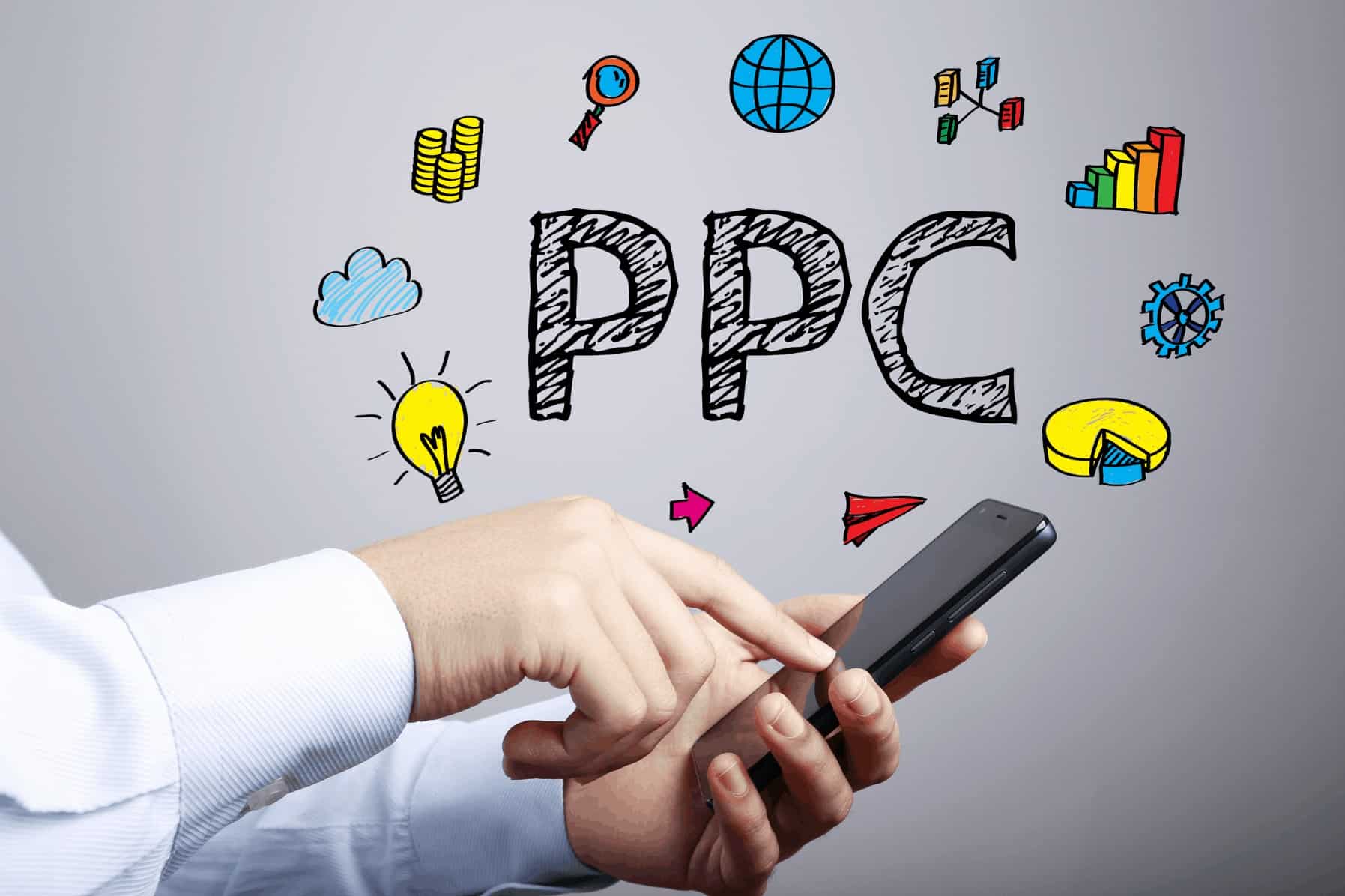If you’re looking for a way to market your business in the digital age, you might want to consider SMS marketing. How to use SMS marketing to boost your sales is a question that many business owners ask, and the answer is simpler than you might think.
SMS marketing is the practice of sending marketing messages by text message to your subscribers. These messages can include promotions, discounts, surveys, reminders, and more.
SMS marketing has many benefits over other forms of marketing, such as email or social media. For example:
- SMS messages have a 98% open rate, compared to 22% for email.
- SMS messages have a 45% response rate, compared to 6% for email.
- SMS messages have a 19% click-through rate, compared to 4.2% for email.
- SMS messages are delivered instantly and can reach customers anywhere, anytime.
But how do you use SMS marketing effectively to grow your business? Here are five easy steps to get started.
Step 1: Build a list of SMS subscribers
The first step to successful SMS marketing is to build a list of subscribers who have given you permission to send them text messages. You can do this by:
- Asking customers for their phone numbers during checkout or through online forms on your website or app.
- Creating an opt-in keyword that customers can text to a short code (a five or six-digit number) to join your list. For example, you can ask customers to text JOIN to 12345 to receive exclusive offers from your business.
- Promoting your SMS program on your website, social media, email, flyers, and other channels. Make sure to highlight the benefits of joining your list, such as discounts, tips, or updates.
- Offering incentives for signing up, such as a coupon code, a free trial, or a chance to win a prize.
Remember to follow the best practices for SMS marketing compliance, such as:
- Getting explicit consent from customers before sending them text messages.
- Providing clear instructions on how to opt-out of your SMS program at any time.
- Including your business name and contact information in every message.
- Respecting customers’ privacy and preferences.
Step 2: Choose an SMS marketing tool
The next step is to choose an SMS marketing tool that allows you to send and manage your text messages. There are many options available in the market, but you should look for one that offers:
- A user-friendly interface that lets you create and schedule your campaigns easily.
- A variety of features that let you personalize, segment, and automate your messages.
- A reliable delivery system that ensures your messages reach your customers on time and without errors.
- A comprehensive reporting system that lets you track and measure your campaign performance and ROI.
- A reasonable pricing plan that fits your budget and needs.
Jordan Digitals can help you create and execute effective SMS campaigns that drive more traffic, conversions, and sales for your business.
Step 3: Create your SMS campaigns
The third step is to create your SMS campaigns based on your goals and audience. You can use different types of SMS campaigns for different purposes, such as:
- Promotional campaigns: These are campaigns that aim to generate interest and sales for your products or services. They can include coupons, discounts, flash sales, new arrivals, and more. For example, you can send a message like this:
Hi Sarah, don’t miss our weekend sale! Get 20% off everything in store and online with code WEEKEND20. Shop now at jordanstore.com
- Transactional campaigns: These are campaigns that provide information or confirmation related to a customer’s action or event. They can include order confirmations, shipping notifications, delivery updates, appointment reminders, password resets, and more. For example, you can send a message like this:
Hi Sarah, thanks for shopping with us! Your order #123456 has been shipped and is expected to arrive on Monday. Track it here: jordanstore.com/track
- Engagement campaigns: These are campaigns that aim to build rapport and loyalty with your customers. They can include surveys, feedback requests, birthday wishes, tips, news, and more. For example, you can send a message like this:
Hi Sarah, happy birthday! We hope you have an amazing day. As a gift from us, enjoy this $10 coupon for your next purchase. Use code BDAY10 at checkout.
When creating your SMS campaigns, make sure to follow these tips:
- Keep your messages short and sweet. The ideal length for an SMS message is 160 characters or less.
- Use clear and catchy language that grabs attention and conveys your value proposition.
- Include a call to action that tells your customers what to do next, such as visit your website, reply to your message, or redeem your offer.
- Personalize your messages with your customer’s name, location, preferences, or other relevant details.
- Segment your list based on criteria such as demographics, behavior, purchase history, or interests. This way, you can send more targeted and relevant messages to each group.
- Test different versions of your messages to see which ones perform better. You can test elements such as wording, timing, frequency, and offers.
Step 4: Define timing and frequency
The fourth step is to define the best timing and frequency for your SMS campaigns. This will depend on factors such as:
- Your industry and niche
- Your customer’s behavior and preferences
- Your campaign goals and objectives
- Your message content and urgency
As a general rule, you should aim to send your SMS messages when your customers are most likely to be interested and responsive. For example, if you’re a restaurant, you might want to send your lunch specials around noon. If you’re a clothing store, you might want to send your weekend sale alerts on Friday afternoon.
You should also avoid sending your SMS messages when your customers are likely to be busy or annoyed. For example, you should avoid sending messages late at night, early in the morning, or during holidays.
As for frequency, you should balance between sending enough messages to keep your customers engaged and informed, but not too many that they feel spammed or overwhelmed. The optimal frequency will vary depending on your industry and audience, but a good benchmark is to send one or two messages per week.
You can also use automation tools to schedule your SMS campaigns in advance and trigger them based on certain events or conditions. For example, you can set up an automated message to be sent after a customer makes a purchase, signs up for your newsletter, or abandons their cart.
Step 5: Measure and optimize
The final step is to measure and optimize your SMS campaigns based on the results and feedback you get. You can use analytics tools to track metrics such as:
- Delivery rate: The percentage of messages that were successfully delivered to your customers.
- Open rate: The percentage of messages that were opened by your customers.
- Response rate: The percentage of messages that received a reply from your customers.
- Click-through rate: The percentage of messages that resulted in a click on a link or button.
- Conversion rate: The percentage of messages that resulted in a desired action, such as a purchase, a sign-up, or a referral.
- Unsubscribe rate: The percentage of messages that resulted in an opt-out from your customers.
You can use these metrics to evaluate the performance and ROI of your SMS campaigns and identify areas for improvement. You can also use customer feedback tools to collect opinions and suggestions from your customers on how to improve your SMS marketing.
Some of the ways you can optimize your SMS campaigns are:
- Experiment with different types of messages, offers, and incentives.
- Segment your list more granularly and personalize your messages more deeply.
- Adjust your timing and frequency based on customer behavior and preferences.
- Test different versions of your messages and see which ones generate more engagement and conversions.
By measuring and optimizing your SMS campaigns regularly, you can ensure that you’re delivering the best value and experience to your customers and achieving the best results for your business.
Conclusion
SMS marketing is a great way to connect with your customers and increase your sales. By following these five easy steps, you can create and execute effective SMS campaigns that drive more traffic, conversions, and sales for your business.
If you need help with SMS marketing or any other digital marketing service, contact Jordan Digitals today. We are a digital marketing growth partner that offers tailored marketing services for businesses of all sizes and industries. We can help you with:
- Website and mobile app design
- PPC ad management
- SEO
- Lead generation
- Email marketing
- And of course, SMS marketing
We have the expertise, experience, and tools to help you grow your business online. Contact us today for a free consultation and quote.
FAQs
What is SMS marketing?
SMS marketing is the practice of sending marketing messages by text message to customers and prospects. These messages can include promotions, discounts, surveys, reminders, and more.
What are the benefits of SMS marketing?
SMS marketing has many benefits over other forms of marketing, such as email or social media. For example:
- SMS messages have a 98% open rate, compared to 22% for email.
- SMS messages have a 45% response rate, compared to 6% for email.
- SMS messages have a 19% click-through rate, compared to 4.2% for email.
- SMS messages are delivered instantly and can reach customers anywhere, anytime.
How do I get started with SMS marketing?
To get started with SMS marketing, you need to:
- Build a list of SMS subscribers who have given you permission to send them text messages.
- Choose an SMS marketing tool that allows you to send and manage your text messages.
- Create your SMS campaigns based on your goals and audience.
- Define the best timing and frequency for your SMS campaigns.
- Measure and optimize your SMS campaigns based on the results and feedback.
How do I choose an SMS marketing tool?
There are many SMS marketing tools available in the market, but you should look for one that offers:
- A user-friendly interface that lets you create and schedule your campaigns easily.
- A variety of features that let you personalize, segment, and automate your messages.
- A reliable delivery system that ensures your messages reach your customers on time and without errors.
- A comprehensive reporting system that lets you track and measure your campaign performance and ROI.
- A reasonable pricing plan that fits your budget and needs.
What are some examples of SMS marketing campaigns?
Some examples of SMS marketing campaigns are:
- Promotional campaigns: These are campaigns that aim to generate interest and sales for your products or services. They can include coupons, discounts, flash sales, new arrivals, and more.
- Transactional campaigns: These are campaigns that provide information or confirmation related to a customer’s action or event. They can include order confirmations, shipping notifications, delivery updates, appointment reminders, password resets, and more.
- Engagement campaigns: These are campaigns that aim to build rapport and loyalty with your customers. They can include surveys, feedback requests, birthday wishes, tips, news, and more.
How do I measure and optimize my SMS campaigns?
You can measure and optimize your SMS campaigns by using analytics tools to track metrics such as:
- Delivery rate: The percentage of messages that were successfully delivered to your customers.
- Open rate: The percentage of messages that were opened by your customers.
- Response rate: The percentage of messages that received a reply from your customers.
- Click-through rate: The percentage of messages that resulted in a click on a link or button.
- Conversion rate: The percentage of messages that resulted in a desired action, such as a purchase, a sign-up, or a referral.
- Unsubscribe rate: The percentage of messages that resulted in an opt-out from your customers.
You can also use customer feedback tools to collect opinions and suggestions from your customers on how to improve your SMS marketing.
Some of the ways you can optimize your SMS campaigns are:
- Experiment with different types of messages, offers, and incentives.
- Segment your list more granularly and personalize your messages more deeply.
- Adjust your timing and frequency based on customer behavior and preferences.
- Test different versions of your messages and see which ones generate more engagement and conversions.










